Home>Furniture & Design>Interior Design Trends>What Is Uranium Glass
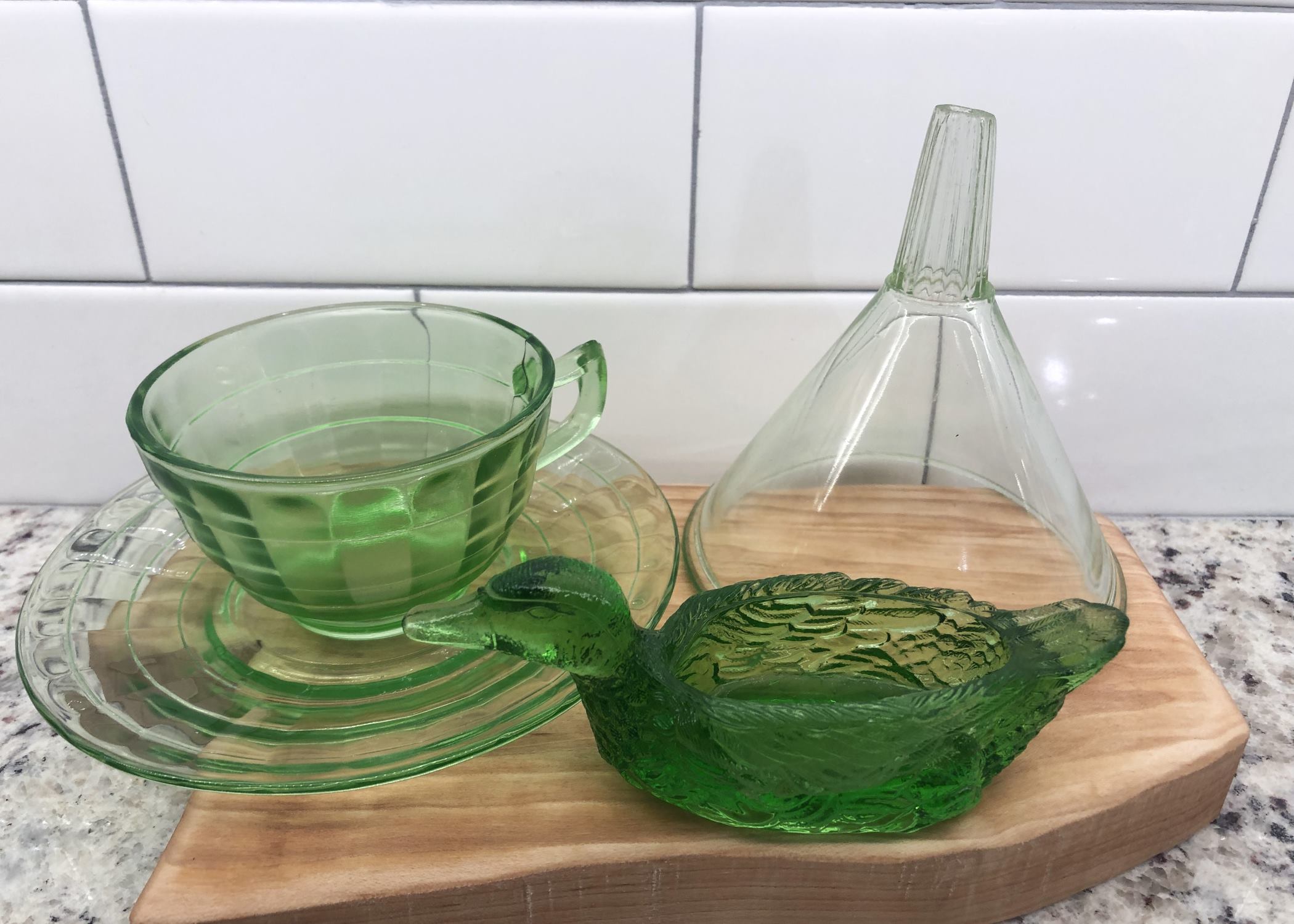

Interior Design Trends
What Is Uranium Glass
Modified: February 18, 2024
Discover the allure of uranium glass in interior design trends. Learn about its history, properties, and how to incorporate it into your home decor. Explore the unique beauty of this vintage glassware.
(Many of the links in this article redirect to a specific reviewed product. Your purchase of these products through affiliate links helps to generate commission for Storables.com, at no extra cost. Learn more)
Introduction
Uranium glass, also known as Vaseline glass, is a captivating and unique type of glass that has intrigued collectors and enthusiasts for decades. Its distinct yellow or greenish glow under ultraviolet light sets it apart from other glassware, making it a fascinating subject of interest for many. This remarkable glass has a rich history, intriguing composition, and a range of uses that continue to captivate individuals around the world.
The allure of uranium glass lies in its striking appearance and the intriguing properties that stem from its composition. The presence of uranium dioxide in the glass gives it a characteristic fluorescence, emitting a mesmerizing glow when exposed to ultraviolet light. This distinctive feature has earned it the moniker "Vaseline glass" due to its resemblance to the color of Vaseline petroleum jelly. The enchanting glow of uranium glass has made it a sought-after collectible and a distinctive addition to home decor.
As we delve into the world of uranium glass, we will explore its captivating history, delve into its unique composition and properties, uncover its diverse uses, and address the health and safety concerns associated with this intriguing material. Additionally, we will shed light on the art of collecting uranium glass, providing insights into the passion and enthusiasm that surrounds this exceptional glassware.
Join us on a journey through the captivating realm of uranium glass, where history, science, and art converge to create a truly unique and alluring subject of fascination.
Key Takeaways:
- Uranium glass, also known as Vaseline glass, has a captivating history and unique properties, emitting a mesmerizing glow under ultraviolet light, making it a sought-after collectible and a distinctive addition to home decor.
- The diverse uses of uranium glass, from decorative collectibles to functional tableware and jewelry, showcase its multifaceted appeal, blending aesthetic allure with practical functionality and historical significance.
Read more: When Was Uranium Glass Made
History of Uranium Glass
The history of uranium glass dates back to the early 19th century, where its unique properties and captivating appearance captured the imagination of glassmakers and enthusiasts alike. The origins of uranium glass can be traced to the discovery of uranium in the late 18th century by German chemist Martin Heinrich Klaproth. This groundbreaking discovery paved the way for the incorporation of uranium compounds into glass production, giving rise to the mesmerizing material known as uranium glass.
During the Victorian era, uranium glass experienced a surge in popularity, becoming a symbol of wealth and sophistication. Its distinctive fluorescence and vibrant hues made it a coveted addition to affluent households, where it adorned dining tables and mantelpieces, exuding an aura of opulence and elegance. The mesmerizing glow of uranium glass captivated the imaginations of collectors and connoisseurs, elevating it to a status of desirability and fascination.
The peak of uranium glass production occurred during the late 19th and early 20th centuries, with renowned glassmakers such as Fenton, Cambridge, and Davidson incorporating uranium compounds into their creations. The Art Deco period further propelled the popularity of uranium glass, as its vivid colors and striking luminescence perfectly complemented the bold and avant-garde aesthetic of the era.
However, the production of uranium glass experienced a decline during the mid-20th century due to concerns surrounding the use of radioactive materials in consumer goods. Despite this, the allure of uranium glass endured, and it experienced a resurgence in popularity among collectors and enthusiasts in recent decades.
Today, the rich history of uranium glass continues to captivate individuals around the world, with antique pieces cherished for their historical significance and unique beauty. The legacy of uranium glass lives on, as contemporary artisans and glassmakers draw inspiration from its enchanting allure, creating modern interpretations that pay homage to its storied past.
The history of uranium glass is a testament to the enduring fascination with this extraordinary material, showcasing its evolution from a symbol of Victorian opulence to a cherished collectible with a rich and captivating legacy.
Composition and Properties
Uranium glass, also known as Vaseline glass, derives its unique properties from the inclusion of uranium dioxide in its composition. This radioactive element is responsible for the glass's characteristic fluorescence, which causes it to emit a mesmerizing glow when exposed to ultraviolet light. The incorporation of uranium dioxide in glass production typically ranges from 2-25%, resulting in a spectrum of vibrant hues, including shades of yellow, green, and even blue under certain lighting conditions.
The captivating luminescence of uranium glass is a result of the phenomenon known as fluorescence, where the atoms within the glass absorb energy from ultraviolet light and subsequently re-emit it in the visible spectrum. This distinctive property sets uranium glass apart from conventional glassware, endowing it with an enchanting allure that has captivated collectors and enthusiasts for generations.
In addition to its striking fluorescence, uranium glass exhibits a range of other intriguing properties. Its transparency and luster make it an ideal medium for creating exquisite decorative pieces, tableware, and ornamental objects. The incorporation of uranium dioxide also imparts a subtle opalescent quality to the glass, further enhancing its visual appeal and adding depth to its radiant glow.
From a chemical perspective, the presence of uranium dioxide in the glass composition introduces a level of radioactivity, albeit at very low levels that pose minimal risk to human health. The radioactive emissions from uranium glass are considered to be negligible, and the glass is generally safe for practical use and display in domestic settings. However, it is advisable to handle uranium glass with care and to avoid prolonged exposure, particularly in the case of antique pieces where the glass may have undergone degradation over time.
The composition and properties of uranium glass underscore its status as a truly unique and captivating material, blending artistry, science, and historical significance into a single mesmerizing entity. Its distinctive characteristics have solidified its place as a cherished collectible and a fascinating subject of study, perpetuating its enduring allure across generations.
The composition and properties of uranium glass offer a captivating glimpse into the convergence of artistry, science, and historical significance, underscoring its status as a truly unique and mesmerizing material. Its distinctive characteristics have solidified its place as a cherished collectible and a fascinating subject of study, perpetuating its enduring allure across generations.
Uses of Uranium Glass
The unique properties and captivating luminescence of uranium glass have endowed it with a diverse range of uses, spanning from decorative art pieces to functional tableware. Its distinctive fluorescence under ultraviolet light has made it a sought-after material for both aesthetic and practical applications. Here are some of the notable uses of uranium glass:
-
Decorative Collectibles: Uranium glass has long been cherished as a prized collectible, adorning display cabinets and mantelpieces with its enchanting glow. Antique uranium glass pieces, ranging from vases and figurines to ornamental objects, are revered for their historical significance and captivating beauty.
-
Tableware and Drinkware: The vibrant hues and radiant glow of uranium glass have made it a popular choice for crafting exquisite tableware and drinkware. From delicate tea sets and elegant goblets to intricately patterned plates and bowls, uranium glass adds a touch of opulence and allure to dining and entertaining.
-
Jewelry and Accessories: The mesmerizing allure of uranium glass has inspired artisans to incorporate it into jewelry and accessories. Earrings, pendants, and beads crafted from uranium glass showcase its luminous charm, creating unique and eye-catching adornments that captivate the beholder.
-
Artistic Creations: Contemporary artists and glassmakers continue to explore the creative potential of uranium glass, using it as a medium for sculptural art, contemporary installations, and innovative designs. Its distinctive fluorescence and vibrant coloration lend a captivating dimension to artistic expressions, making it a favored material for avant-garde creations.
-
UV Testing and Calibration: The fluorescence of uranium glass under ultraviolet light has practical applications in UV testing and calibration. Its ability to emit a distinct glow when exposed to UV radiation has been utilized in scientific and industrial settings for calibrating UV light sources and conducting fluorescence-based experiments.
-
Historical and Educational Displays: Museums and educational institutions often feature uranium glass in historical and scientific displays, showcasing its unique properties and historical significance. Its captivating fluorescence serves as an engaging educational tool, illustrating the principles of fluorescence and the historical context of uranium glass production.
The diverse uses of uranium glass underscore its multifaceted appeal, blending aesthetic allure with practical functionality and historical significance. From cherished collectibles to functional tableware and beyond, uranium glass continues to captivate and inspire, weaving a luminous thread through the realms of art, history, and everyday life.
When collecting uranium glass, be sure to use a black light to check for the characteristic green glow, which indicates the presence of uranium oxide. Always handle with care and avoid prolonged exposure.
Health and Safety Concerns
While the allure of uranium glass is undeniable, it is essential to address the health and safety concerns associated with this unique material. The presence of uranium dioxide in the glass composition introduces a level of radioactivity, albeit at very low levels. This has raised questions and considerations regarding the safe handling and use of uranium glass in domestic and collectible settings.
From a health perspective, the radioactivity emitted by uranium glass is generally considered to be minimal and poses a low risk to individuals. The levels of radiation are typically within safe limits, and the glass is generally safe for practical use and display. However, it is crucial to exercise caution and handle uranium glass with care, particularly in the case of antique pieces where the glass may have undergone degradation over time. Prolonged exposure to uranium glass, especially in close proximity, should be avoided as a precautionary measure.
In the context of collecting and displaying uranium glass, it is advisable to place it in well-ventilated areas and avoid activities that could lead to the inhalation or ingestion of glass particles. Additionally, maintaining a reasonable distance from uranium glass objects, especially those that show signs of deterioration or damage, is recommended to minimize potential health risks.
When it comes to practical use, such as utilizing uranium glass tableware or drinkware, it is important to exercise prudence. While the risk of radiation exposure from incidental contact with uranium glass items is minimal, it is advisable to reserve their use for decorative purposes rather than for food or beverage consumption. This approach aligns with the principle of exercising caution and minimizing unnecessary exposure to radioactive materials.
For individuals who collect and handle uranium glass, awareness and education regarding safe handling practices are paramount. Understanding the properties of uranium glass, recognizing signs of degradation, and implementing appropriate measures for storage and display contribute to a responsible and informed approach to enjoying and preserving these captivating collectibles.
In summary, while the health and safety concerns surrounding uranium glass are valid considerations, they can be effectively managed through awareness, caution, and informed decision-making. By understanding the properties and potential risks associated with uranium glass, collectors and enthusiasts can continue to appreciate its unique beauty while prioritizing safety and well-being.
Read more: How To Store Uranium Glass
Collecting Uranium Glass
Collecting uranium glass is a passion that intertwines history, artistry, and the thrill of discovery. Enthusiasts are drawn to the captivating allure of uranium glass, seeking out rare and exquisite pieces that embody the rich legacy of this unique material. The act of collecting uranium glass transcends mere acquisition; it is a journey of exploration and appreciation, where each piece tells a story and bears witness to the artistry and craftsmanship of bygone eras.
For collectors, the pursuit of uranium glass often begins with a fascination for its luminous glow and the historical context in which it emerged. Antique markets, estate sales, and specialized auctions become treasure troves, offering a glimpse into the diverse array of uranium glassware, from delicate vases and ornamental figurines to elegant tableware and decorative objects. Each acquisition represents a tangible link to the past, evoking the opulence of the Victorian era or the avant-garde spirit of the Art Deco period.
The thrill of collecting uranium glass lies in the pursuit of rare and exceptional pieces that showcase the full spectrum of its vibrant hues and exquisite craftsmanship. Collectors are drawn to the nuances of color, the intricacy of patterns, and the enduring beauty that distinguishes each piece. Whether it's the ethereal glow of a vaseline glass bowl or the iridescence of a uranium glass bead, each acquisition adds depth and diversity to a collector's ensemble, reflecting the breadth of artistry and innovation within the realm of uranium glass.
Beyond the aesthetic appeal, collecting uranium glass is an endeavor that fosters a sense of community and camaraderie among enthusiasts. Collectors often come together to share their knowledge, exchange insights, and celebrate the beauty of uranium glass through gatherings, exhibitions, and online forums. This collective passion for uranium glass creates a vibrant tapestry of stories, discoveries, and shared appreciation, enriching the experience of collecting and preserving these luminous treasures.
Preserving the legacy of uranium glass is a fundamental aspect of collecting, as enthusiasts strive to safeguard and showcase their acquisitions for future generations. Careful maintenance, thoughtful display, and a commitment to responsible stewardship ensure that the allure of uranium glass endures, captivating and inspiring new generations of collectors and admirers.
In essence, collecting uranium glass is a journey of discovery, appreciation, and preservation, where the luminous beauty of each piece transcends time and resonates with the enduring passion of collectors around the world.
Conclusion
In conclusion, the captivating allure of uranium glass, also known as Vaseline glass, transcends mere aesthetics, weaving together a rich tapestry of history, artistry, and scientific intrigue. From its origins in the 19th century to its enduring appeal in contemporary times, uranium glass has left an indelible mark on the world of decorative arts and collectibles.
The history of uranium glass is a testament to its evolution from a symbol of Victorian opulence to a cherished collectible with a rich and captivating legacy. Its distinctive fluorescence and vibrant hues have made it a sought-after material for both aesthetic and practical applications. The unique properties and captivating luminescence of uranium glass have endowed it with a diverse range of uses, spanning from decorative art pieces to functional tableware, jewelry, and even scientific applications.
While the allure of uranium glass is undeniable, it is essential to address the health and safety concerns associated with this unique material. The presence of uranium dioxide in the glass composition introduces a level of radioactivity, albeit at very low levels. However, with awareness, caution, and informed decision-making, collectors and enthusiasts can continue to appreciate its unique beauty while prioritizing safety and well-being.
The act of collecting uranium glass is a passion that intertwines history, artistry, and the thrill of discovery. Enthusiasts are drawn to the captivating allure of uranium glass, seeking out rare and exquisite pieces that embody the rich legacy of this unique material. The pursuit of rare and exceptional pieces that showcase the full spectrum of its vibrant hues and exquisite craftsmanship adds depth and diversity to a collector's ensemble, reflecting the breadth of artistry and innovation within the realm of uranium glass.
In essence, uranium glass represents a convergence of art, history, and scientific fascination, captivating and inspiring collectors and enthusiasts around the world. Its enduring allure serves as a luminous thread that connects the past with the present, weaving a narrative of creativity, innovation, and timeless beauty. As collectors and admirers continue to preserve and celebrate the legacy of uranium glass, its luminous glow will continue to captivate and inspire future generations, ensuring that its enchanting story endures for years to come.
Frequently Asked Questions about What Is Uranium Glass
Was this page helpful?
At Storables.com, we guarantee accurate and reliable information. Our content, validated by Expert Board Contributors, is crafted following stringent Editorial Policies. We're committed to providing you with well-researched, expert-backed insights for all your informational needs.
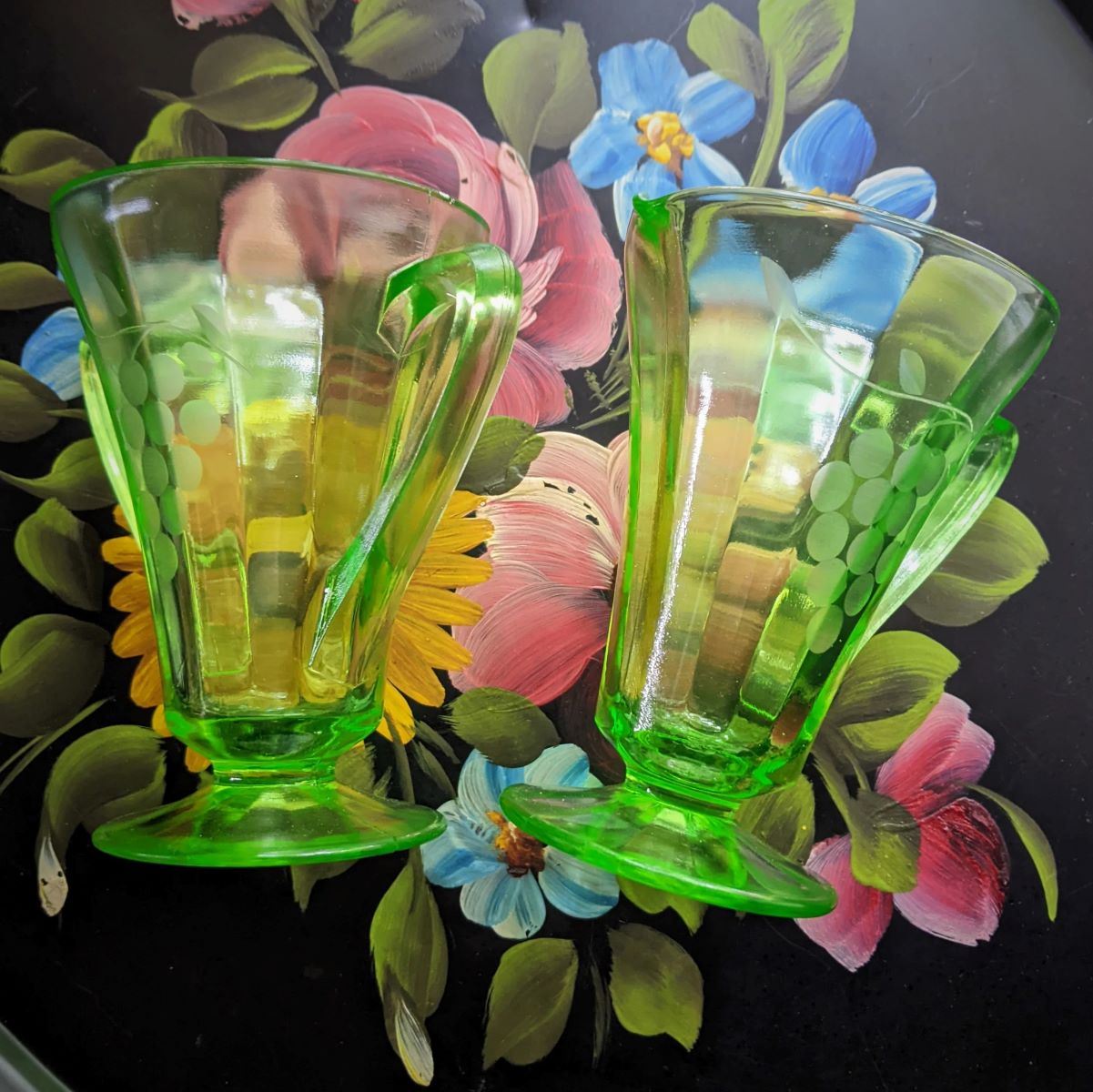
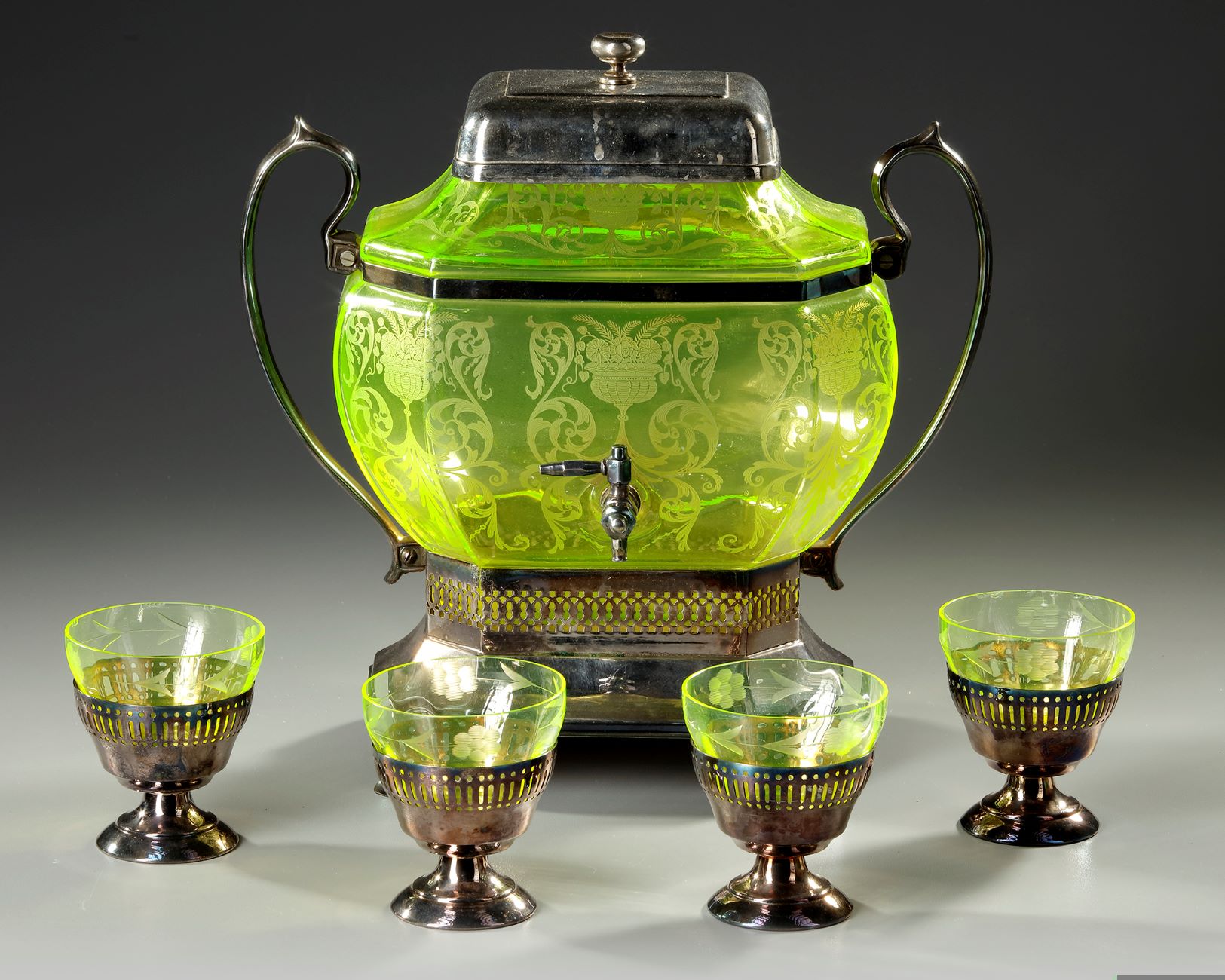
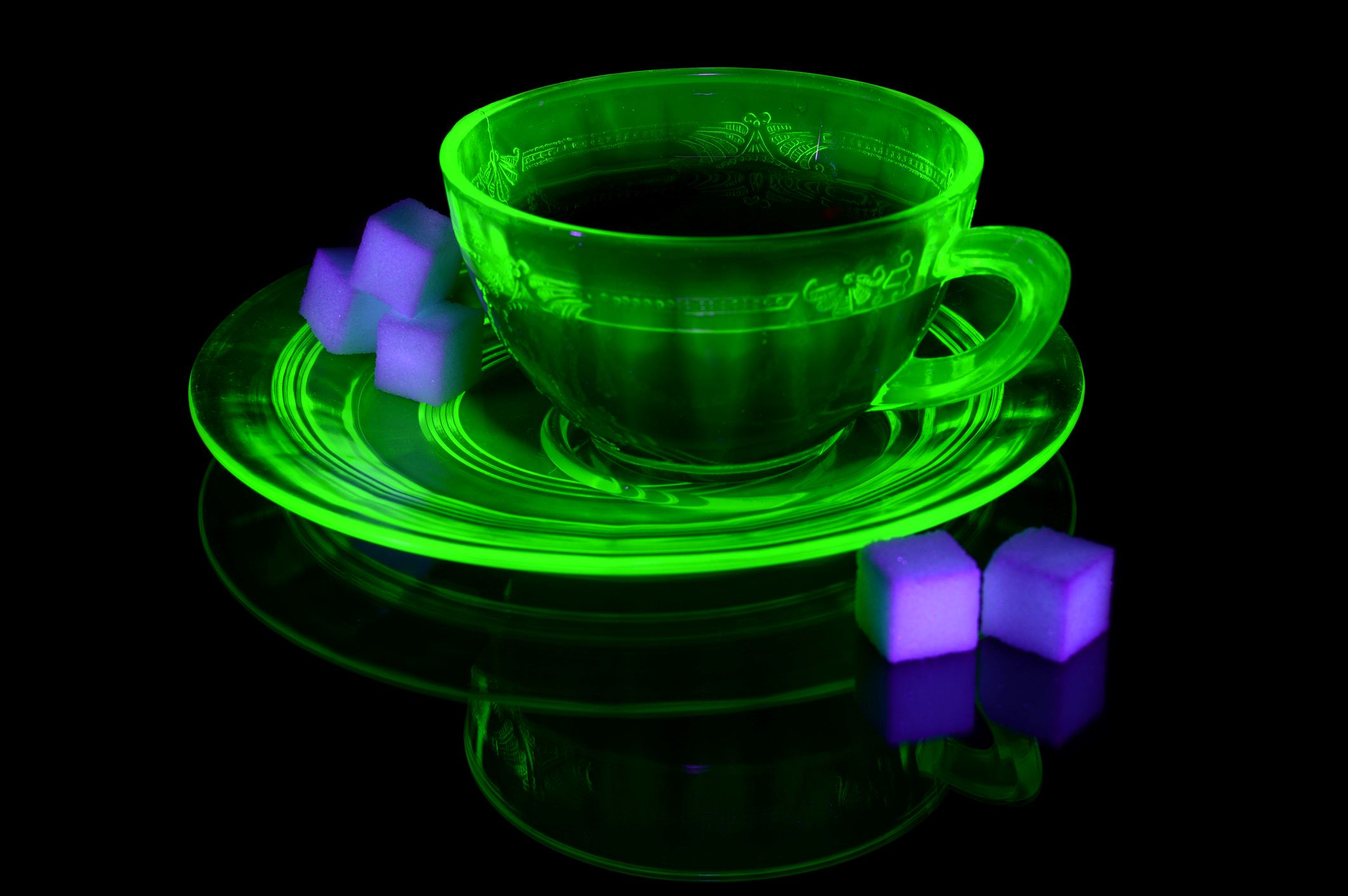
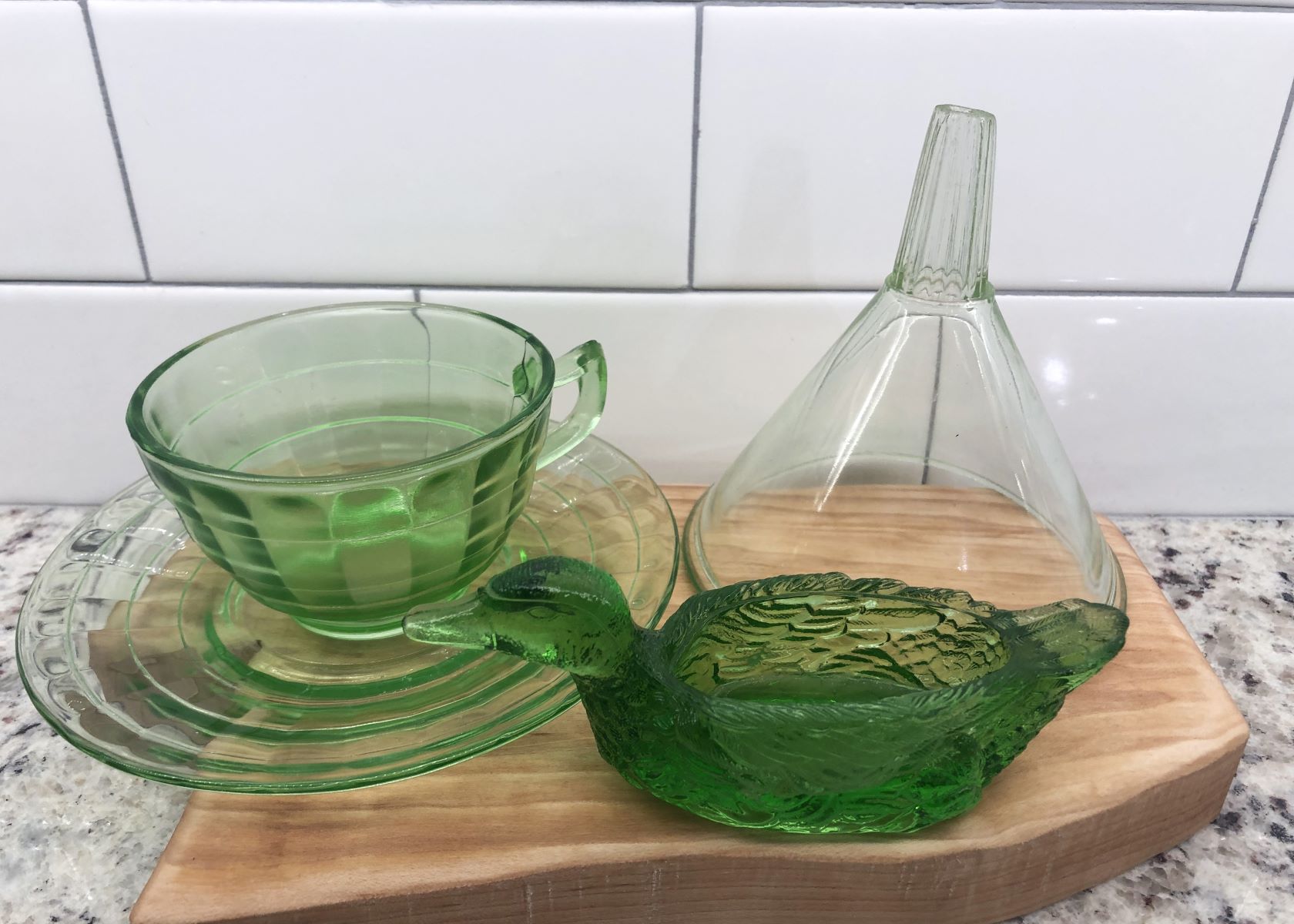
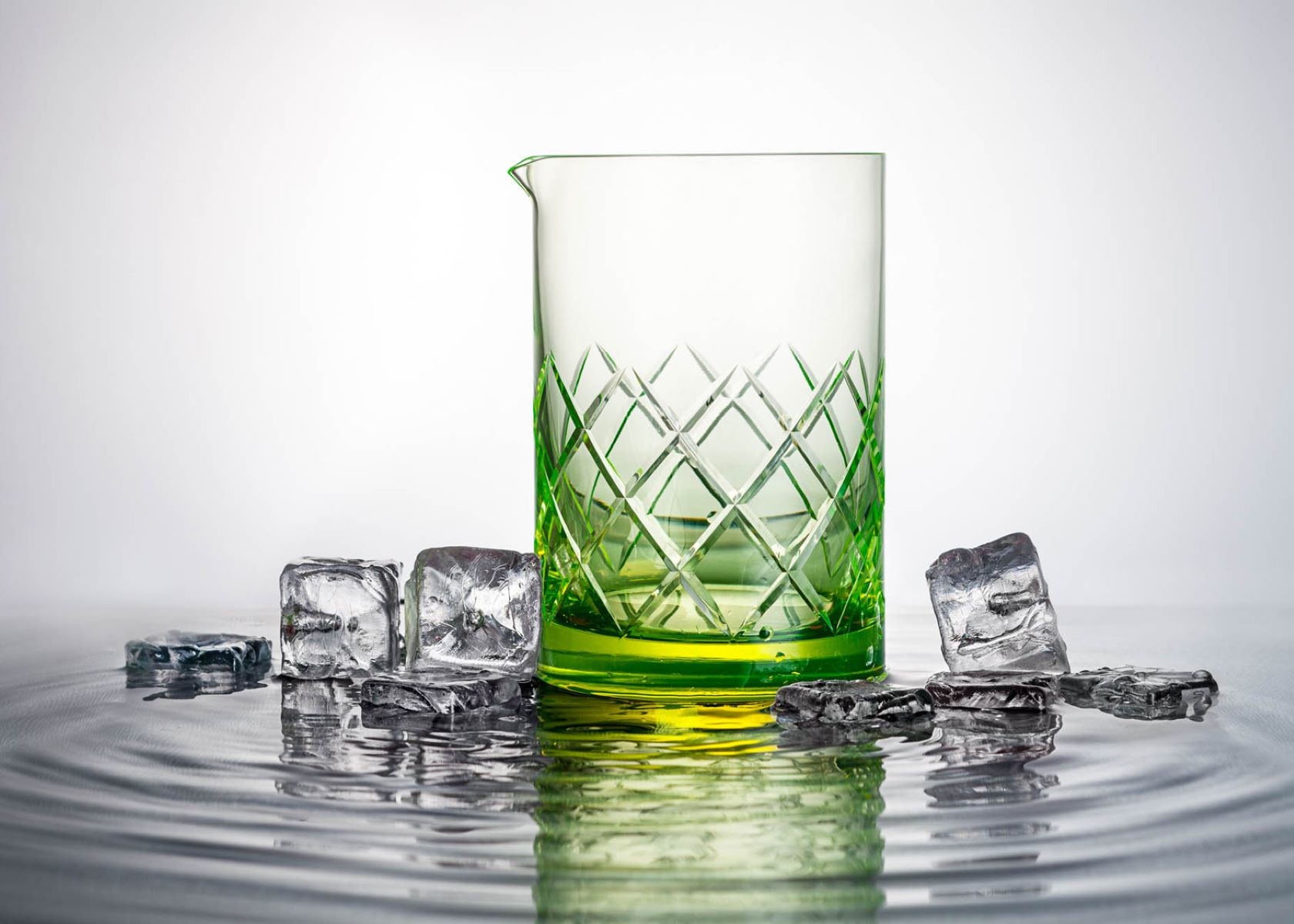
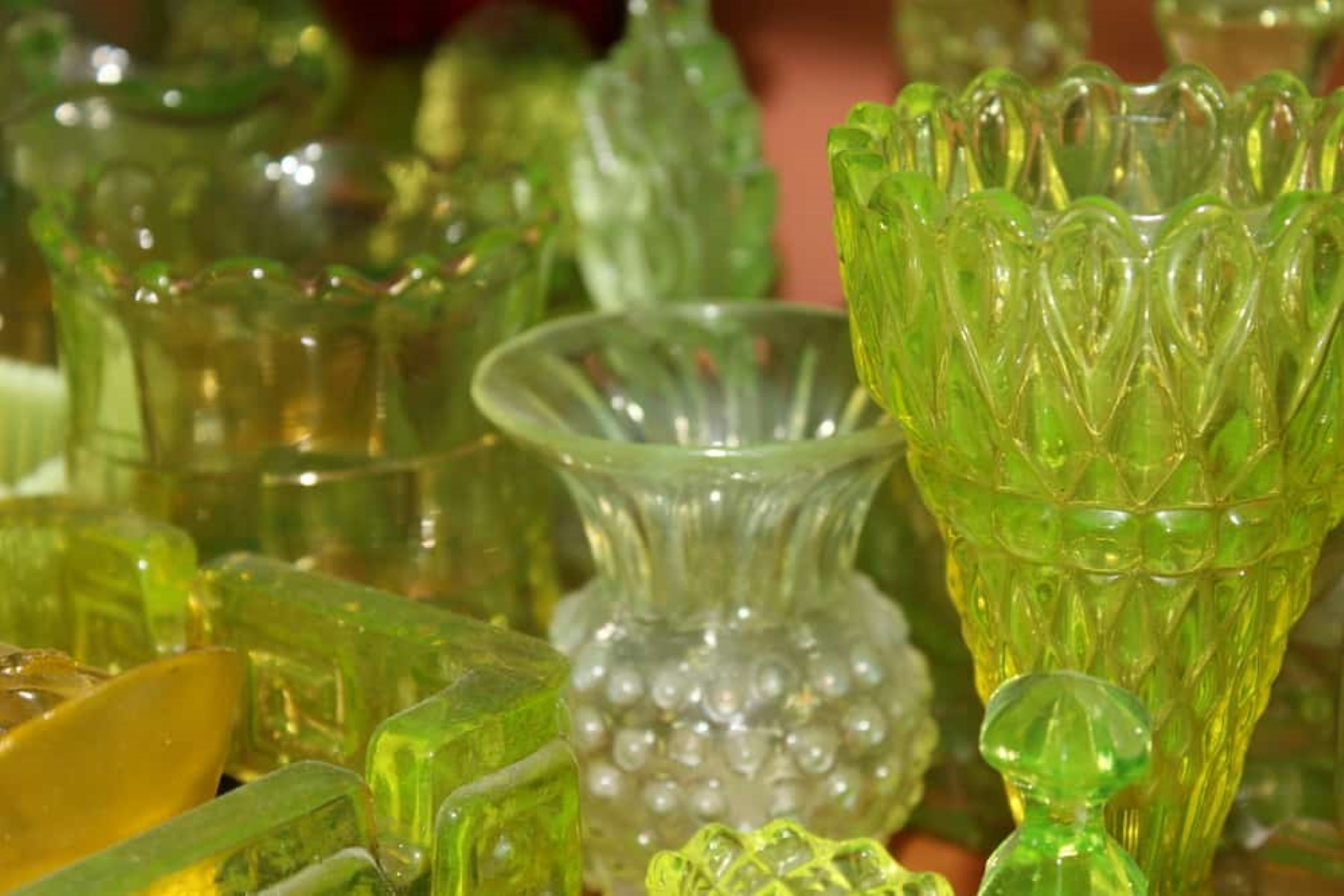
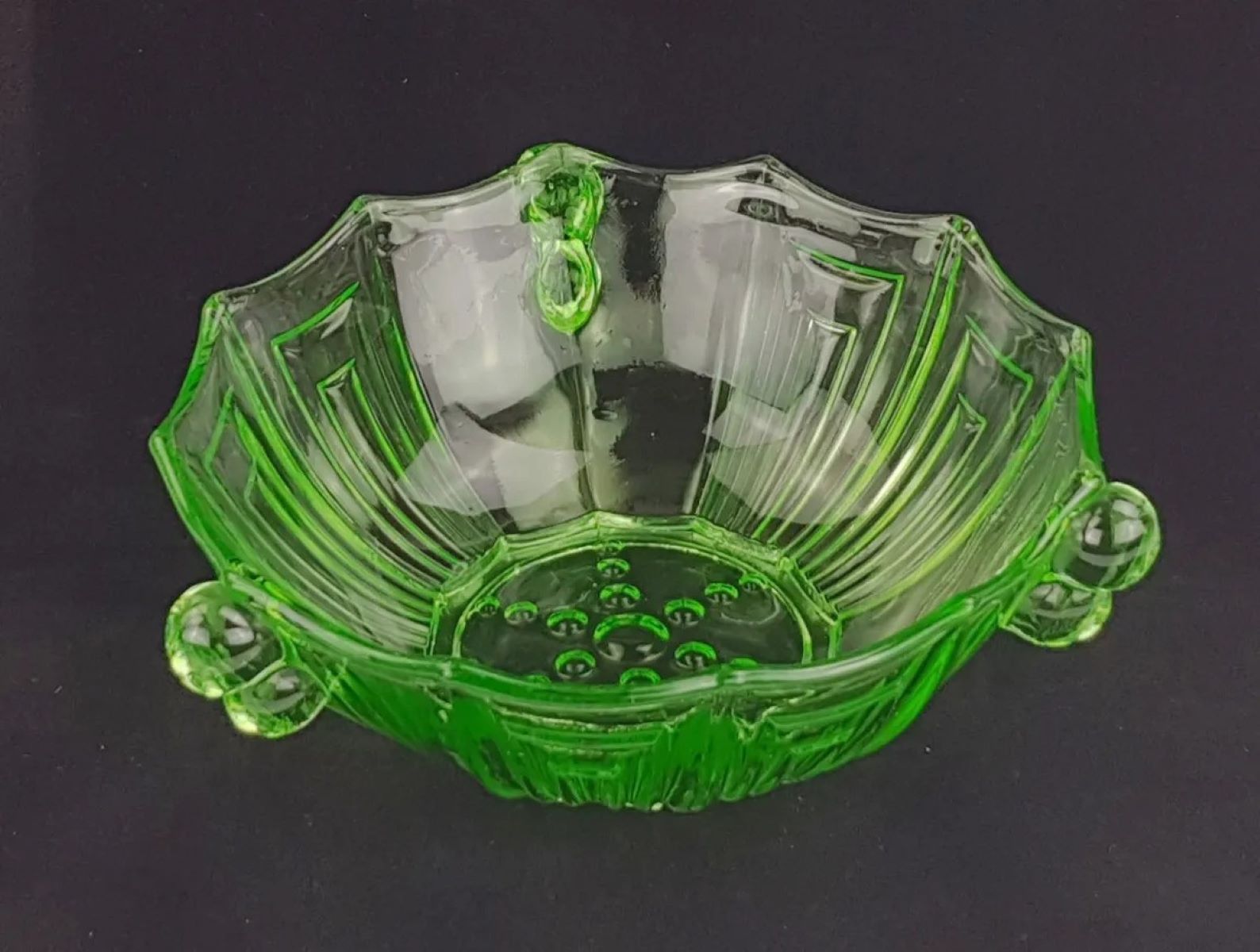
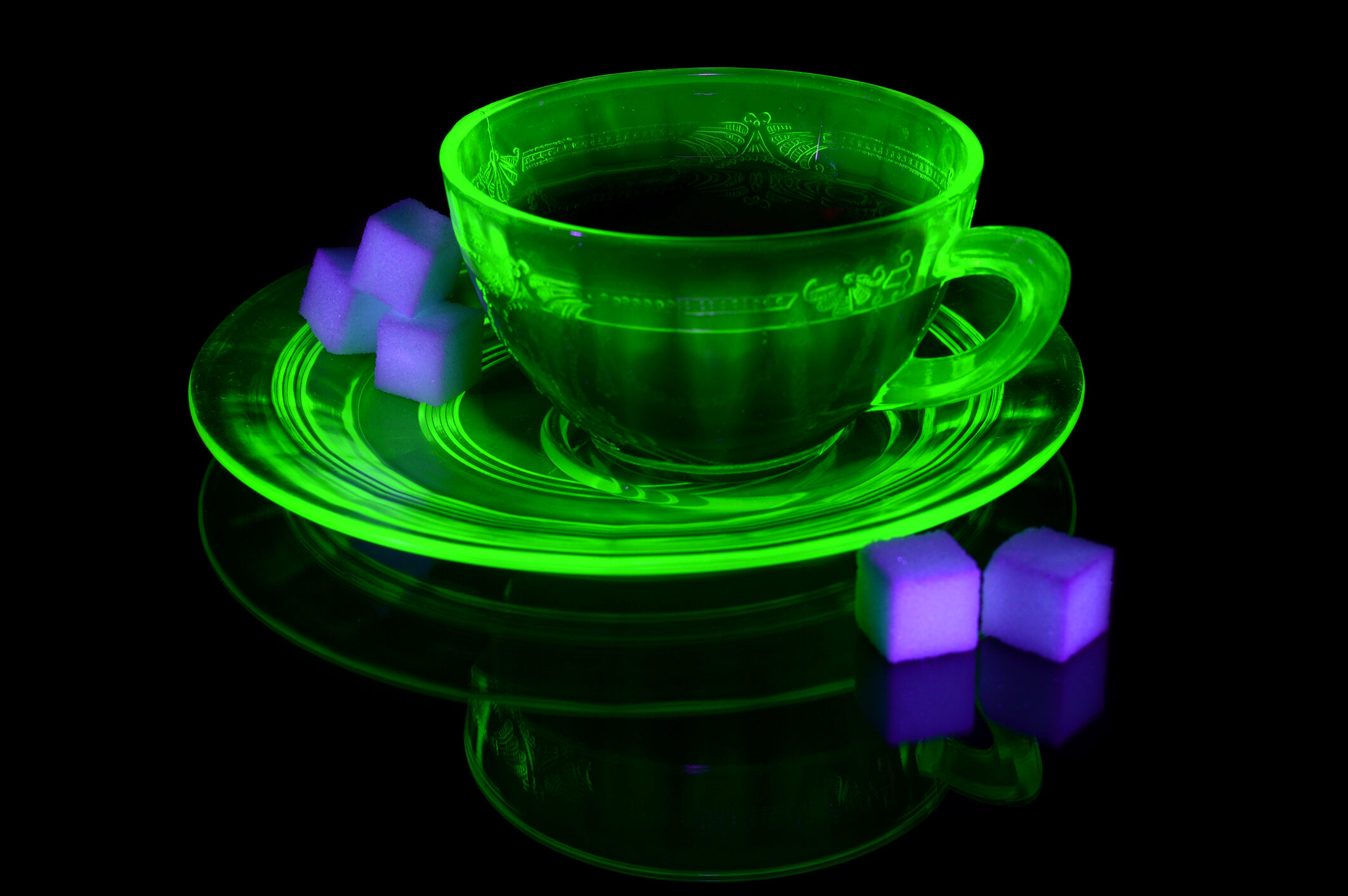
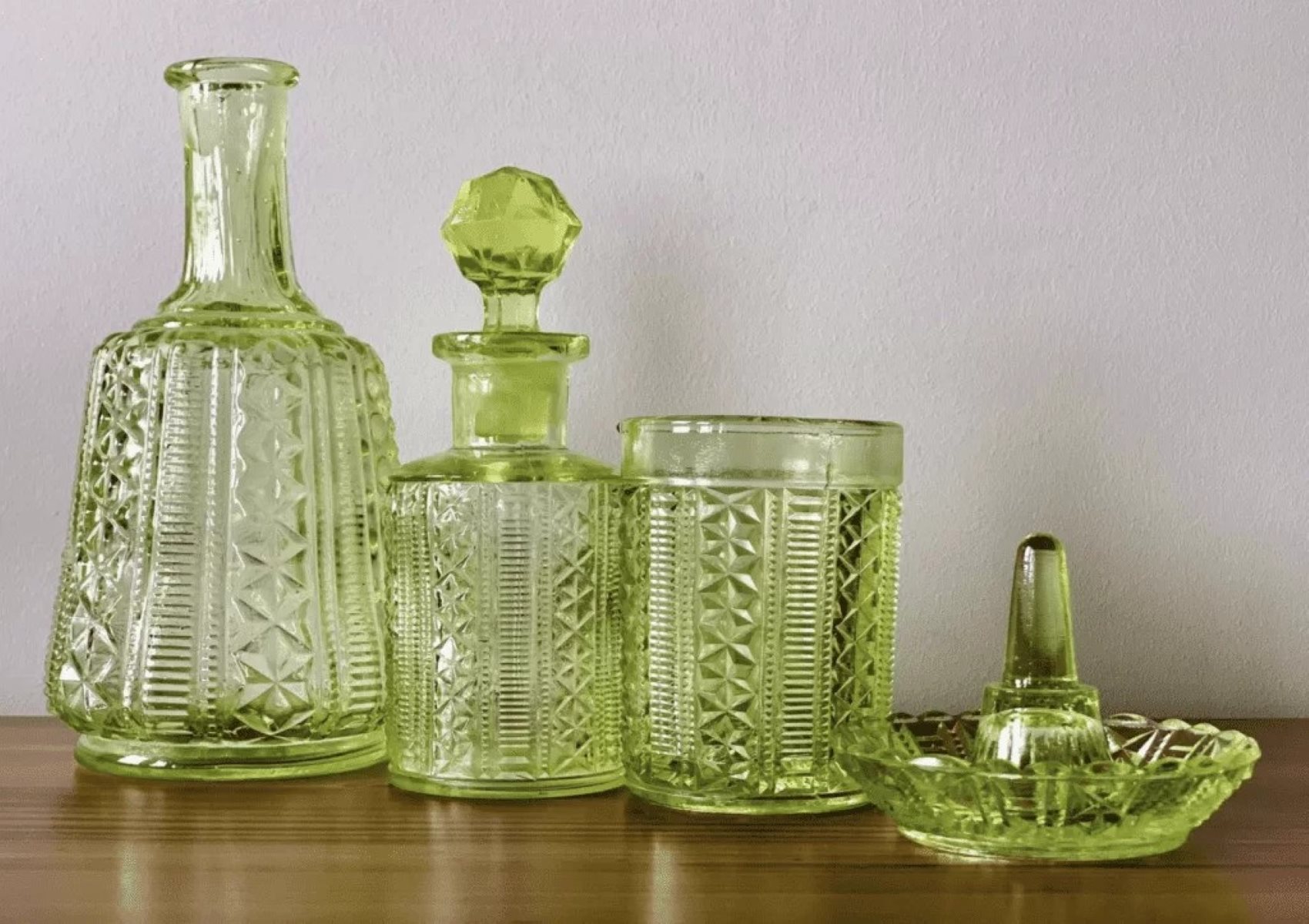
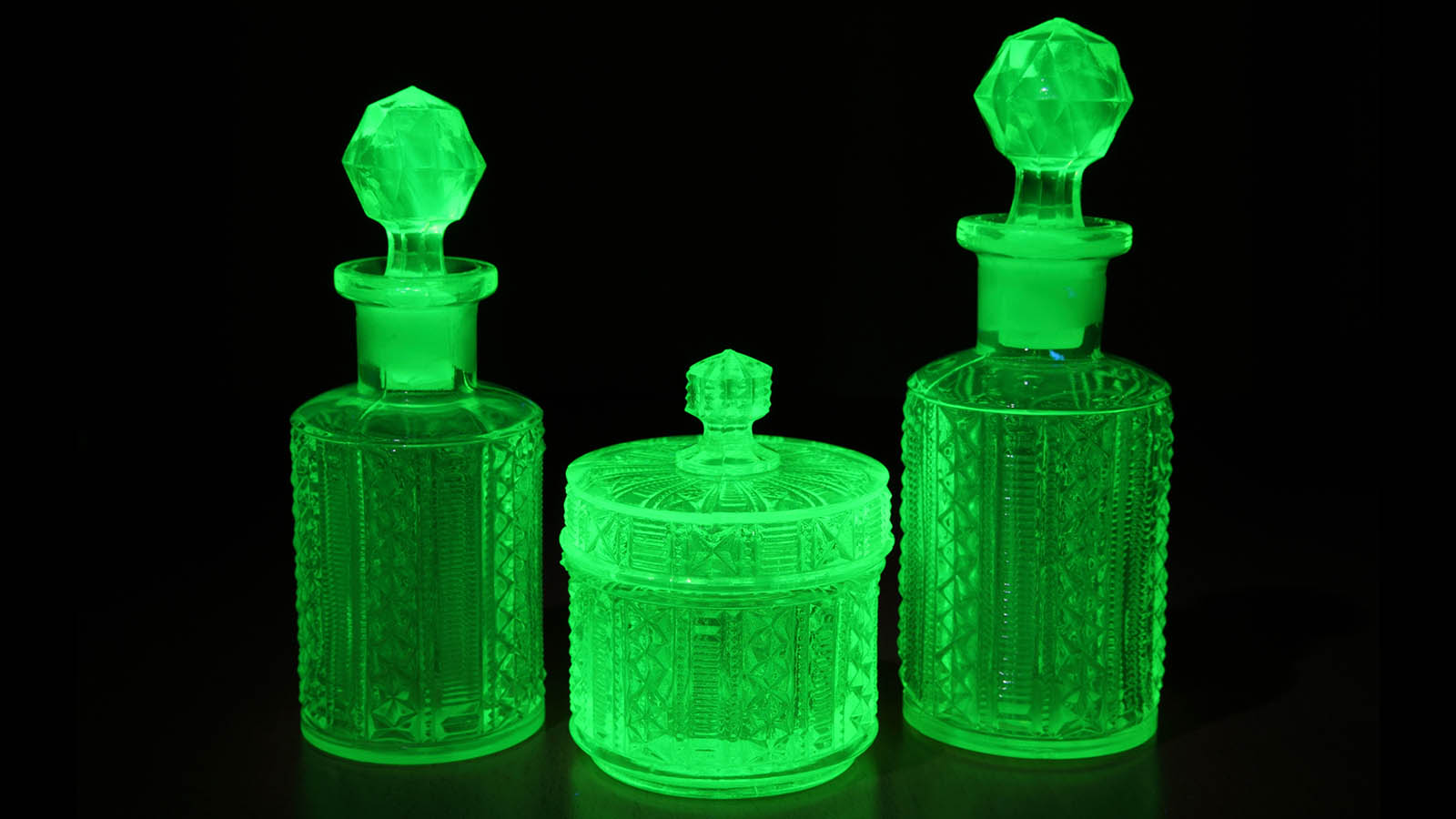
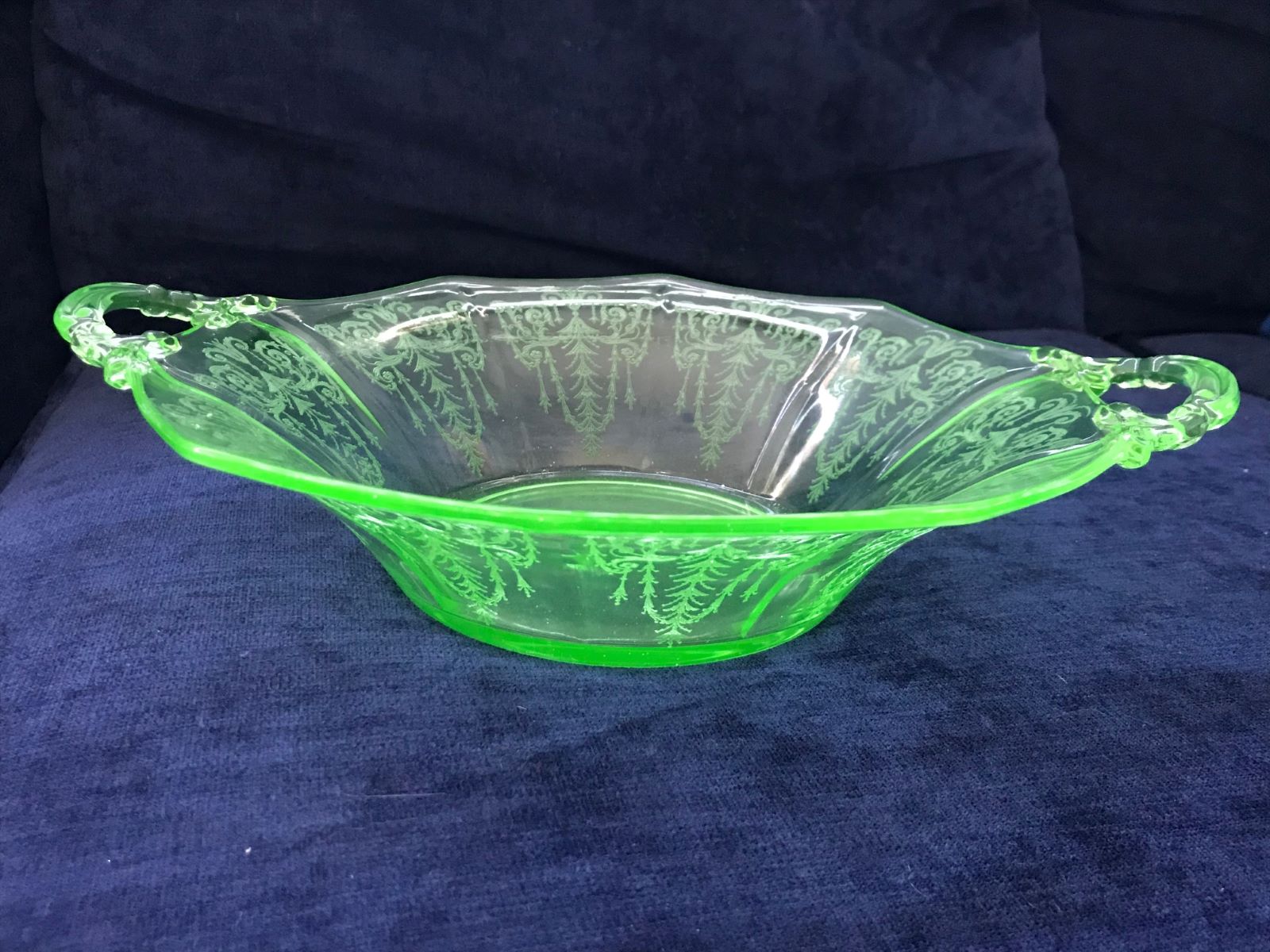
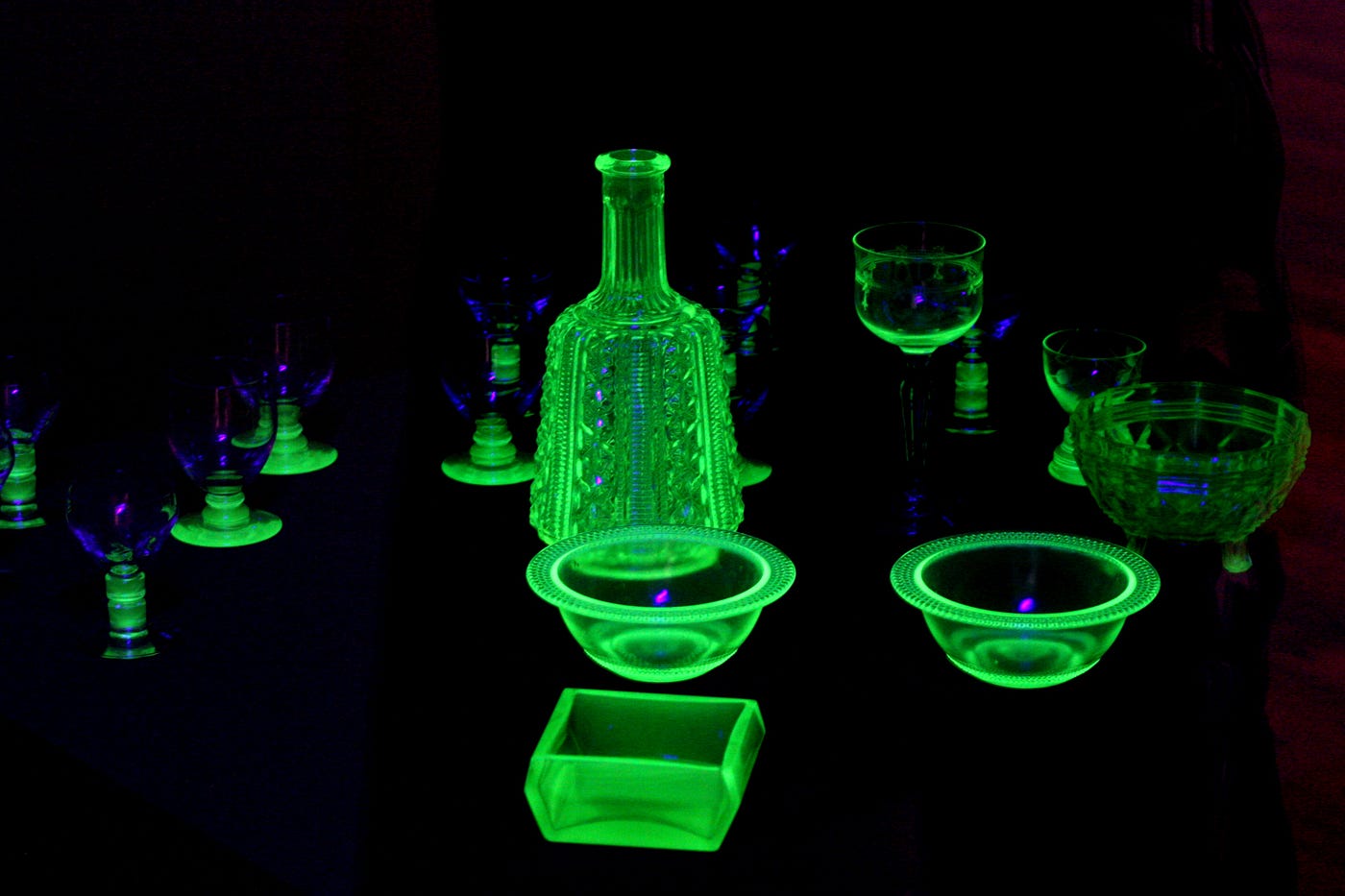
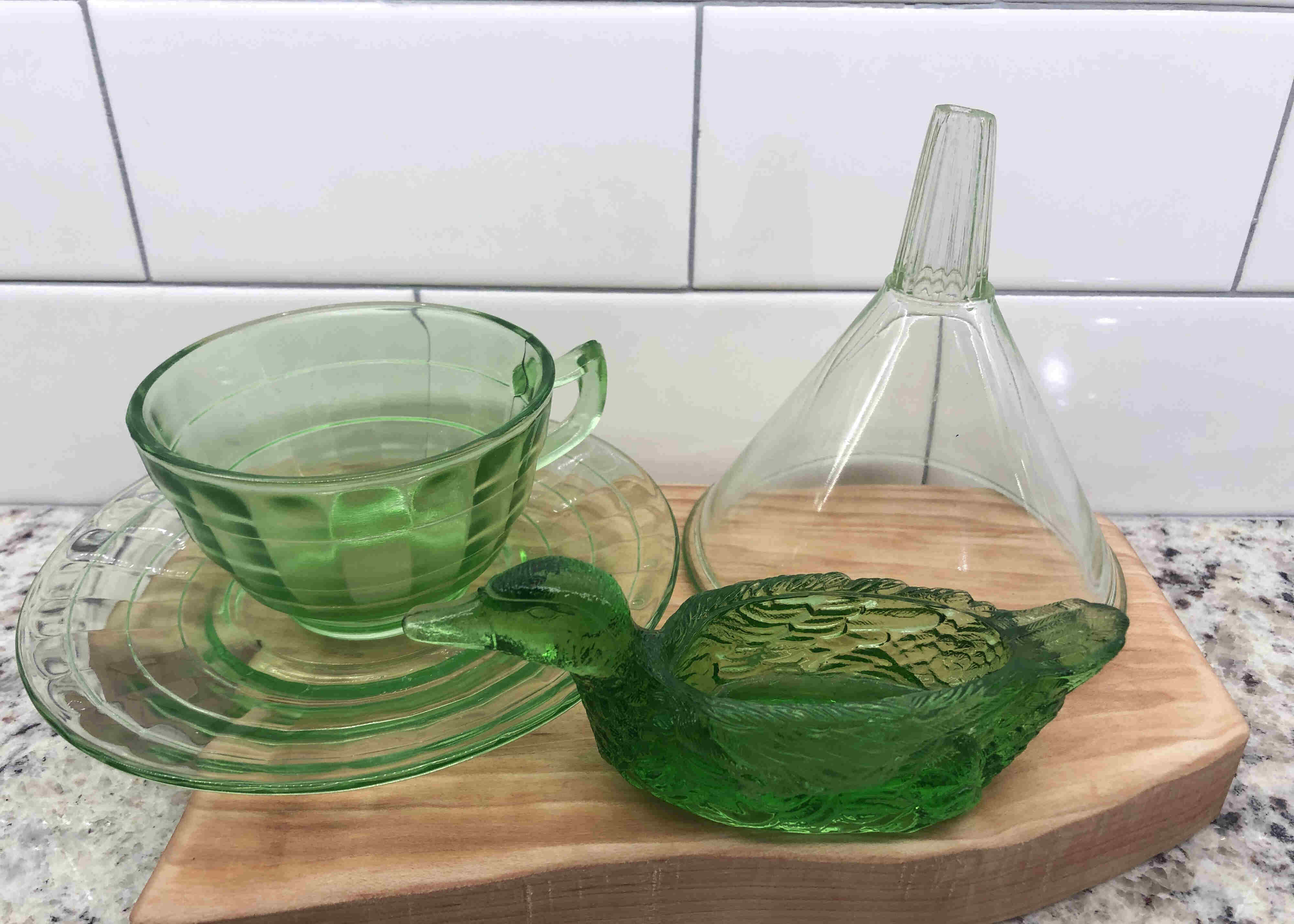
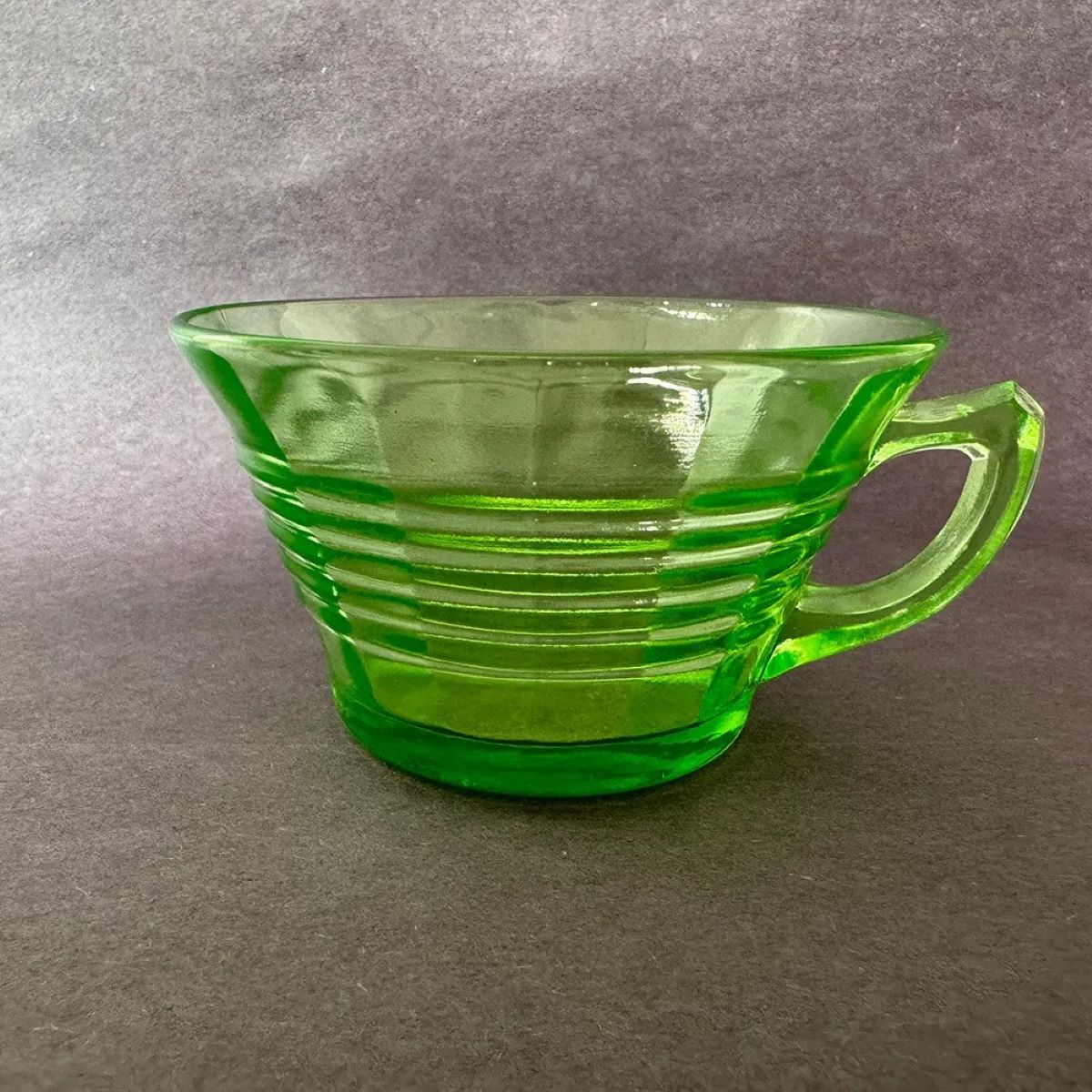

0 thoughts on “What Is Uranium Glass”